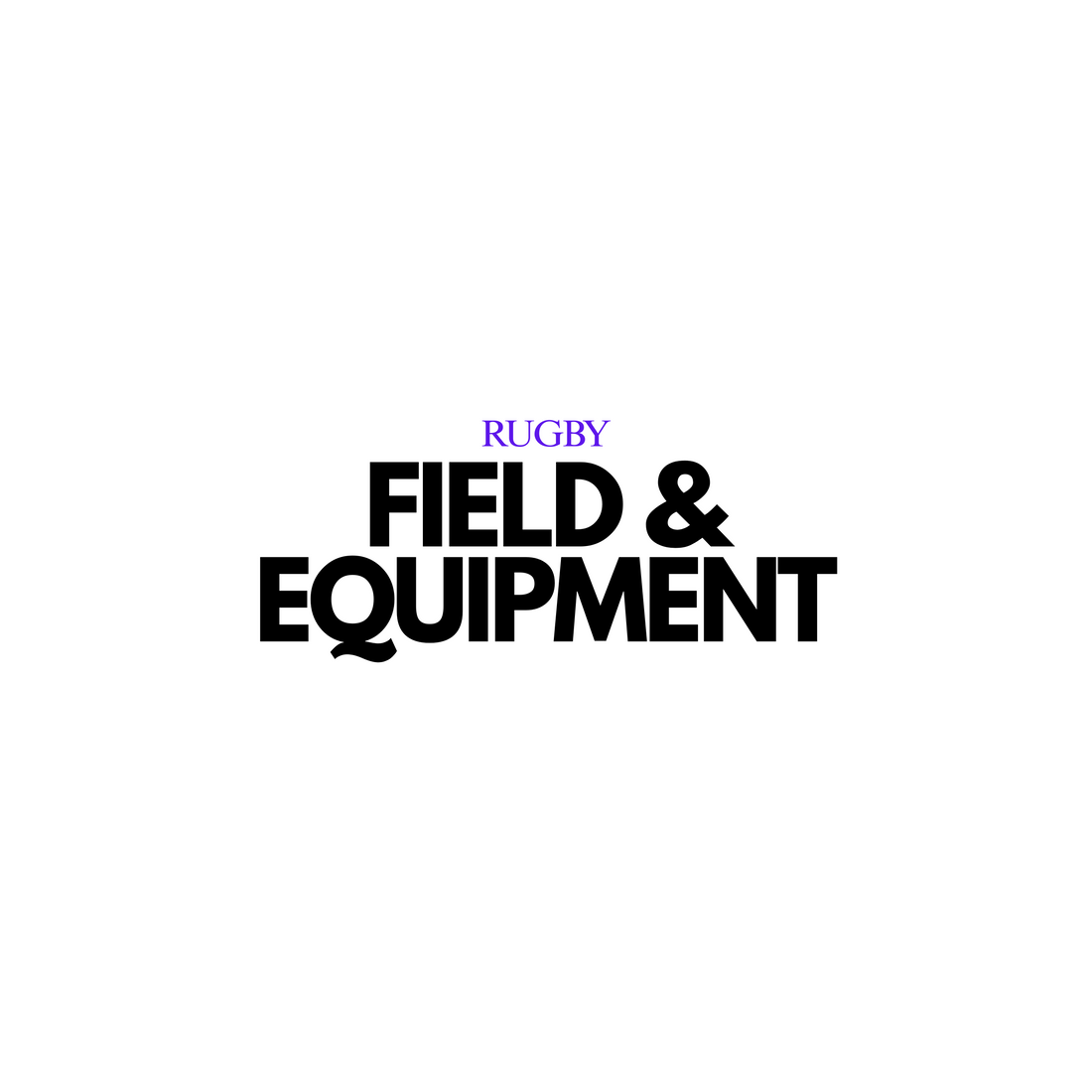
The Rugby Field and Equipment
Share
The rugby field is a large, rectangular playing area with specific markings to ensure the game flows smoothly.
________________________________________________________________________________________________
The dimensions and key markings are as follows:
Length: The field is 100 meters (109 yards) long between the two try lines.
Width: The field is 70 meters (76 yards) wide.
In-goal Area: The in-goal area (where tries are scored) is located beyond each try line and is typically 10 to 22 meters (32 to 72 feet) deep, depending on the competition.
Halfway Line: This line divides the field into two halves, located at the 50-meter mark.
22-Meter Lines: These lines are 22 meters from each try line. They are important for restarting play with a 22-meter dropout when the ball is kicked into or over the in-goal area.
Try Lines: The lines that mark the end of the field, where tries are scored.
Goalposts: The goalposts are H-shaped, located on the try line, and the distance between the uprights is 5.6 meters (18.5 feet). The height of the crossbar is 3 meters (10 feet) above the ground.
________________________________________________________________________________________________
Basic Equipment
Rugby Ball: The rugby ball is oval-shaped and designed for carrying, passing, and kicking. It is approximately 28-30 cm (11-12 inches) in length, 58-62 cm (23-24 inches) in circumference, and weighs between 410-460 grams (14-16 ounces). Its shape allows for both accurate passing and kicking.
Boots: Rugby players wear cleats (rugby boots) to provide grip on the field. These boots have studs, which can be made of rubber, plastic, or metal. The type of stud depends on the weather and playing conditions (firm ground, soft ground, or artificial turf).
Jerseys: Rugby jerseys are typically made from durable and breathable fabric to withstand the physical demands of the game. They are designed to allow freedom of movement while being strong enough to handle the physical contact.
Mouthguards: A mouthguard is essential for player safety, protecting teeth, gums, and reducing the risk of jaw injuries. It’s usually worn by all players, as collisions are frequent in rugby, making mouthguards important for reducing the impact of blows to the face.
________________________________________________________________________________________________
Scrum Cap and Other Protective Gear
Scrum Cap: The scrum cap is a soft headgear worn by some players, particularly those involved in scrums or those at risk of head injuries. It is typically made from lightweight, cushioned material that helps protect the head and ears from impact. Though not mandatory, it is used for protection against cuts, abrasions, or knocks to the head. Players who participate in intense forward play (such as the forwards in rugby union) may be more likely to wear a scrum cap.
When Used: Primarily used in scrums, mauls, and tackles, where head injuries are more likely to occur.
Other Protective Gear:
Shoulder Pads: Lightly padded shoulder protection may be worn, though it is not mandatory. These pads protect the shoulders and collarbones during tackles and scrums.
Knee and Elbow Pads: Some players opt for knee and elbow pads to prevent scrapes and bruises during tackles or while playing in the loose.
Compression Garments: Players sometimes wear compression shorts or tops to help with muscle support, reduce fatigue, and improve circulation.
Scrum Vest: A form of protective clothing worn by players in the front row of scrums to minimize the impact of physical contact.
________________________________________________________________________________________________
Why Protective Gear is Used
Rugby is a contact sport with high physical demands, so protective gear is crucial for player safety. The use of mouthguards, scrum caps, and other protective equipment helps mitigate the risk of injury in situations like tackles, scrums, and collisions. While rugby doesn’t mandate extensive protective gear (such as helmets or padding) like in American football, the emphasis on safety and player welfare is reflected in the gear players choose to wear to protect themselves during intense physical play.
Summary of Rugby Field and Equipment:
Field Dimensions: 100 meters long, 70 meters wide, with key lines including the try line, 22-meter lines, halfway line, and goalposts.
Basic Equipment: Rugby ball (oval-shaped), boots with studs for grip, jerseys made of durable fabric, and mouthguards for dental protection.
Scrum Cap and Protective Gear: Scrum caps protect the head, while optional shoulder, knee, and elbow pads, and compression garments offer additional protection, particularly in contact-heavy situations like scrums or tackles.
This combination of field dimensions and essential equipment ensures that the game is both safe and enjoyable for players at all levels.
